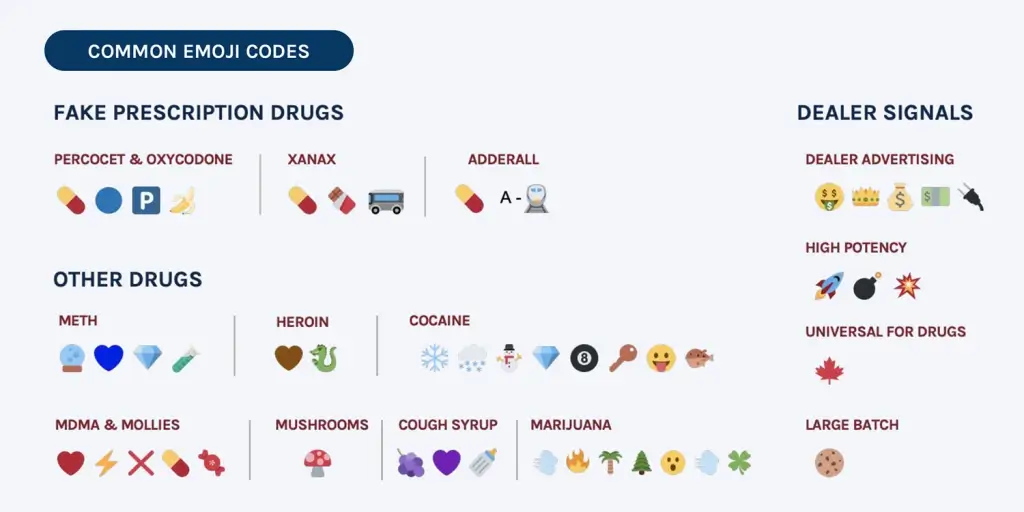Drug dealers are increasingly targeting teenagers via social media, using anonymity, temporary posts, and emojis to their advantage.
Facebook, Instagram, Snapchat, and TikTok are some of the most popular platforms for the fleeting advertisements, and so far, there is little accountability.
Social media apps are now the leading source of illegal drug purchases for teenagers and young adults, according to The New York Times.
Dealers can make a post with just enough information to hook their audience, often using emojis to represent what they are selling, such as a crystal ball for meth or a bus for Xanax. They choose who can see the post, which could be a story on Instagram or Snapchat, and then delete it once they have enough contacts. Sale arrangements are often made off-platform with a secure messaging app and payments can be made through apps like Venmo or Cash App.

The practice is especially dangerous as drugs laced with fentanyl are becoming more widespread. The number of teenagers dying from fentanyl almost quadrupled from 253 deaths in 2019 to 884 in 2021, according to the Journal of the American Medical Association.
Making fentanyl is cheaper than processing natural opiates, and a little of the synthetic opioid goes a lot further, with fentanyl being about 100 times more potent than morphine. A tiny amount can produce similar effects as the advertised drugs at a much lower cost. So illegal drug makers often sprinkle it into pills which are sold to buyers who only have their dealer’s word on what the pills contain.
But fentanyl’s potency means it is deadly in tiny quantities. Depending on the consumer and the batch of fentanyl itself, as little as two milligrams can be fatal.
Overdose victims often die when they use a drug they thought was Percocet or even Xanax, for example but is actually fentanyl or laced with an indiscriminate amount of fentanyl.
Fentanyl, like other opioids, causes death by depressing the respiratory drive. Overdose victims can go into respiratory arrest the instant a lethal dose enters their system and die within minutes as they suffocate while unconscious.
Drug deals aren’t the only connections being made on social media between organized crime and teens. Reports emerged earlier this year that the cartel is using social media to recruit American teens to drive illegal immigrants across the border at a rate of up to $3,000 per person.










